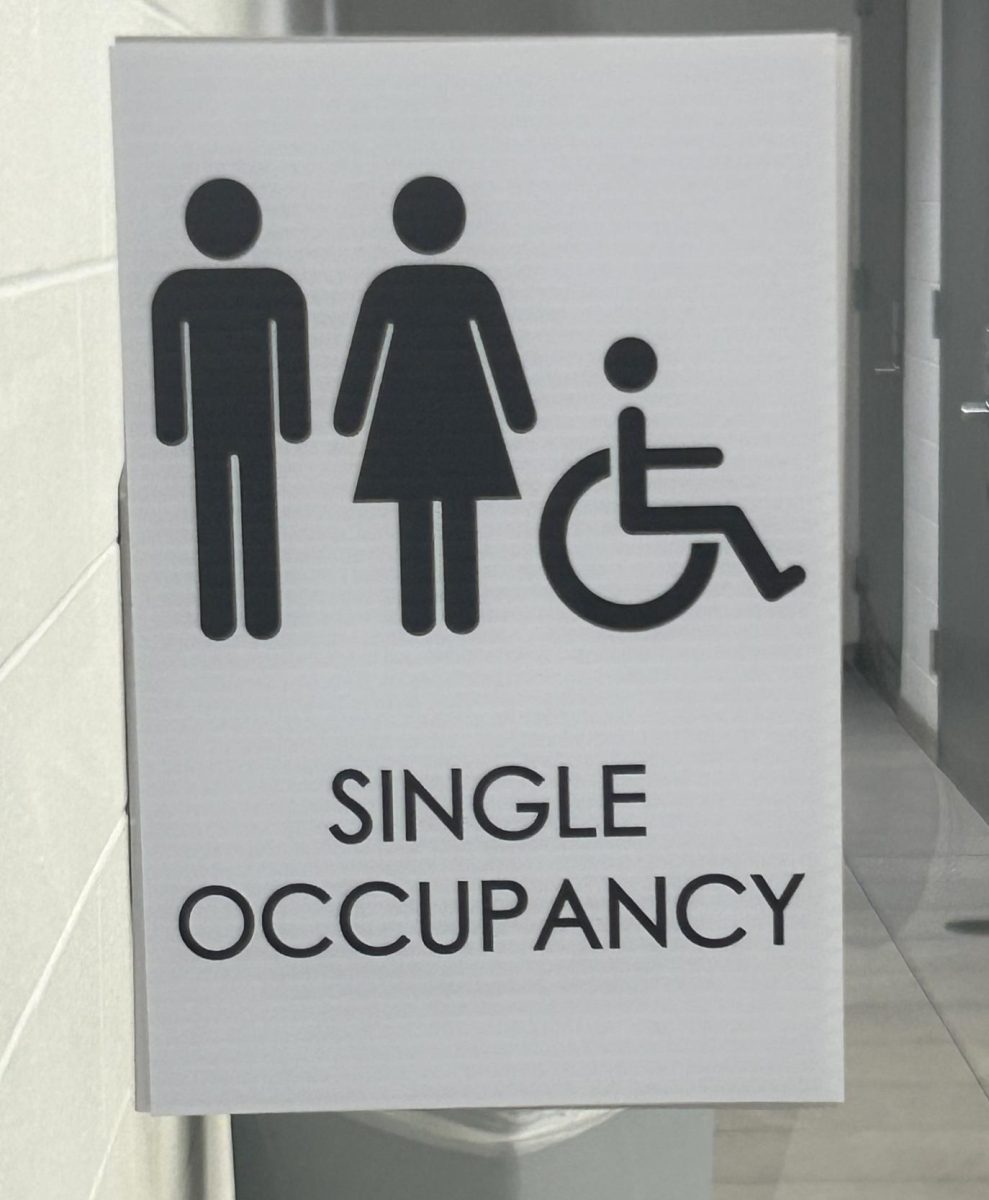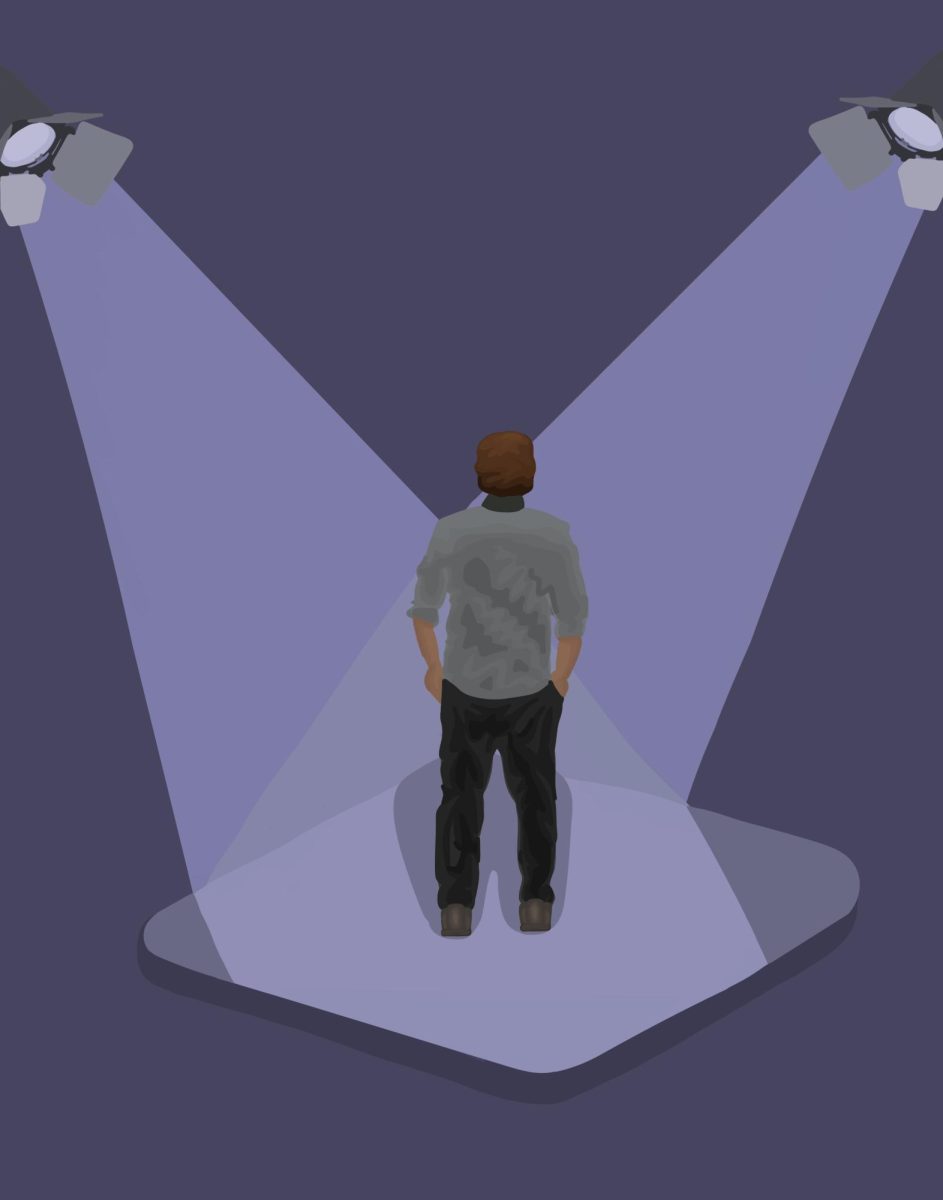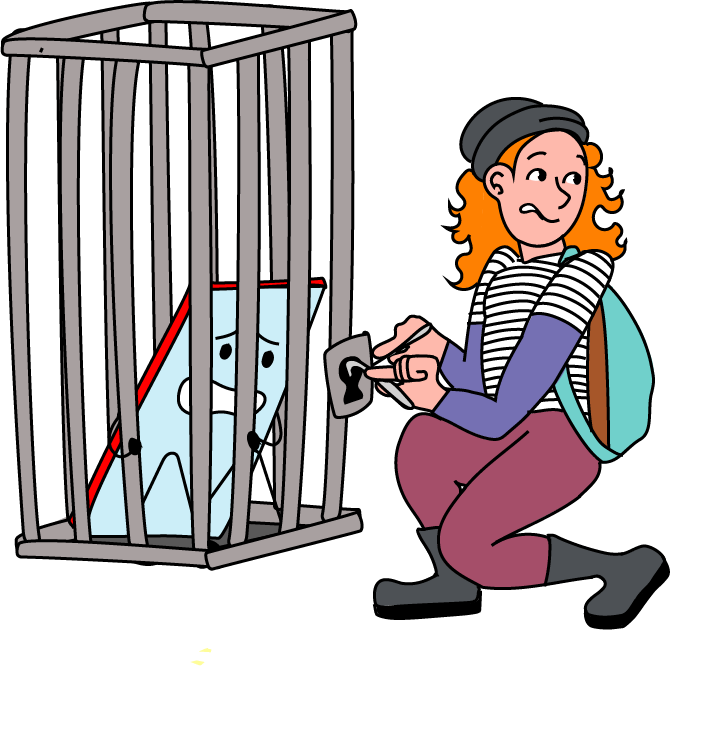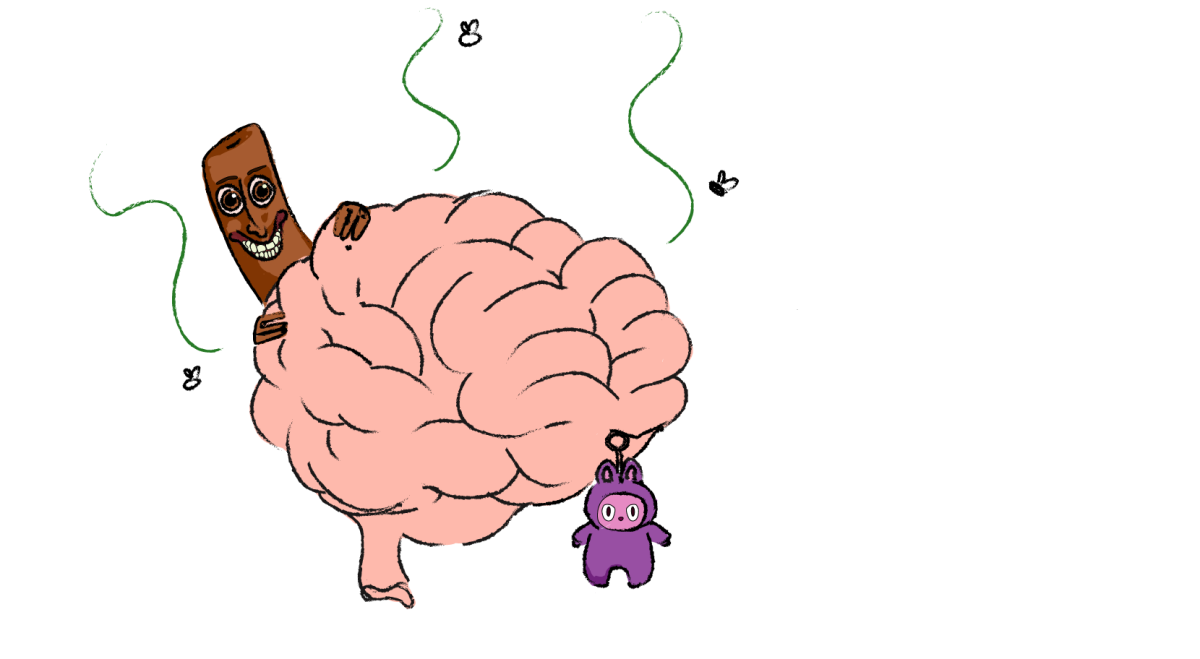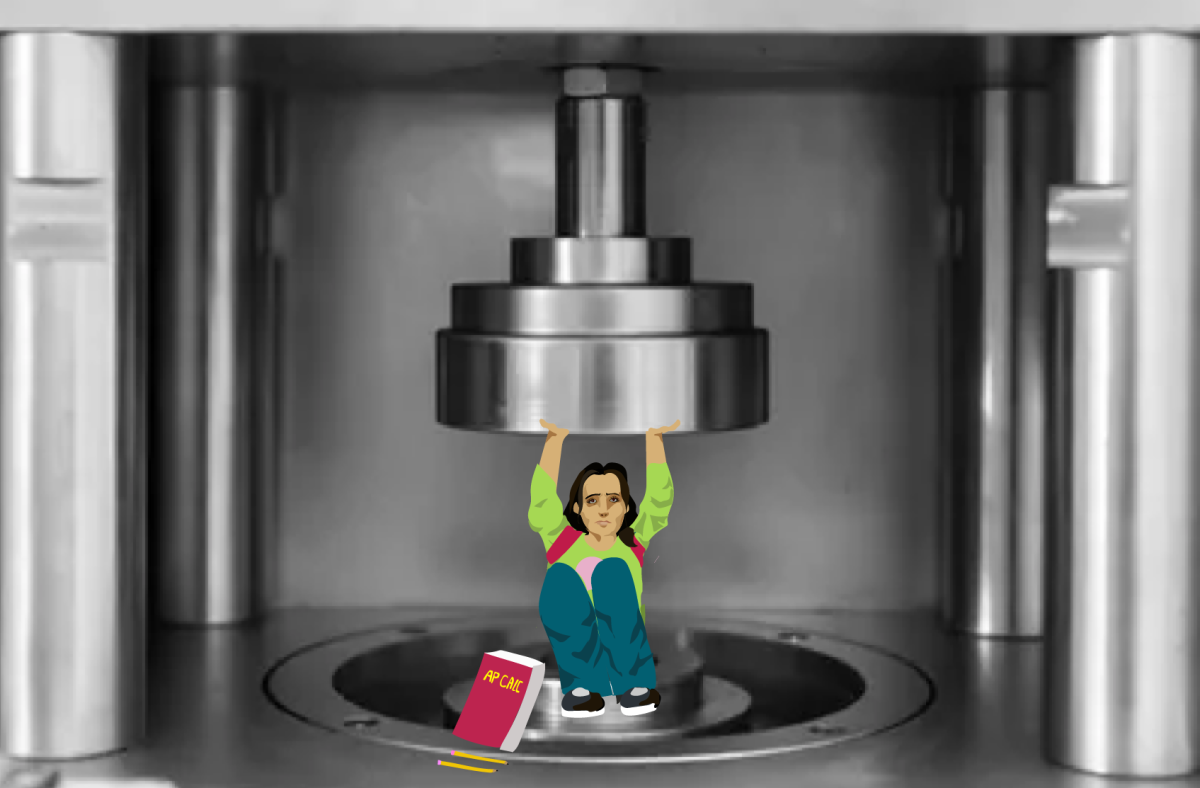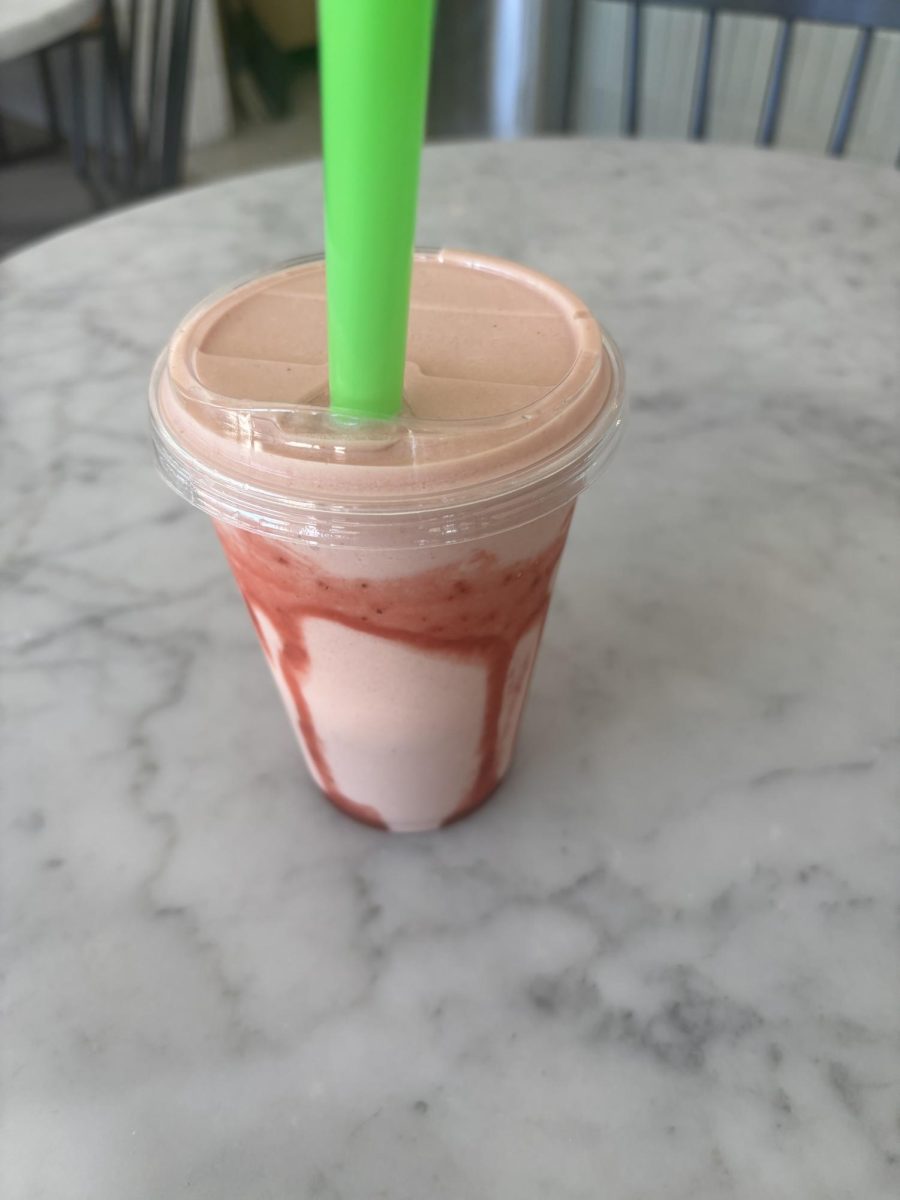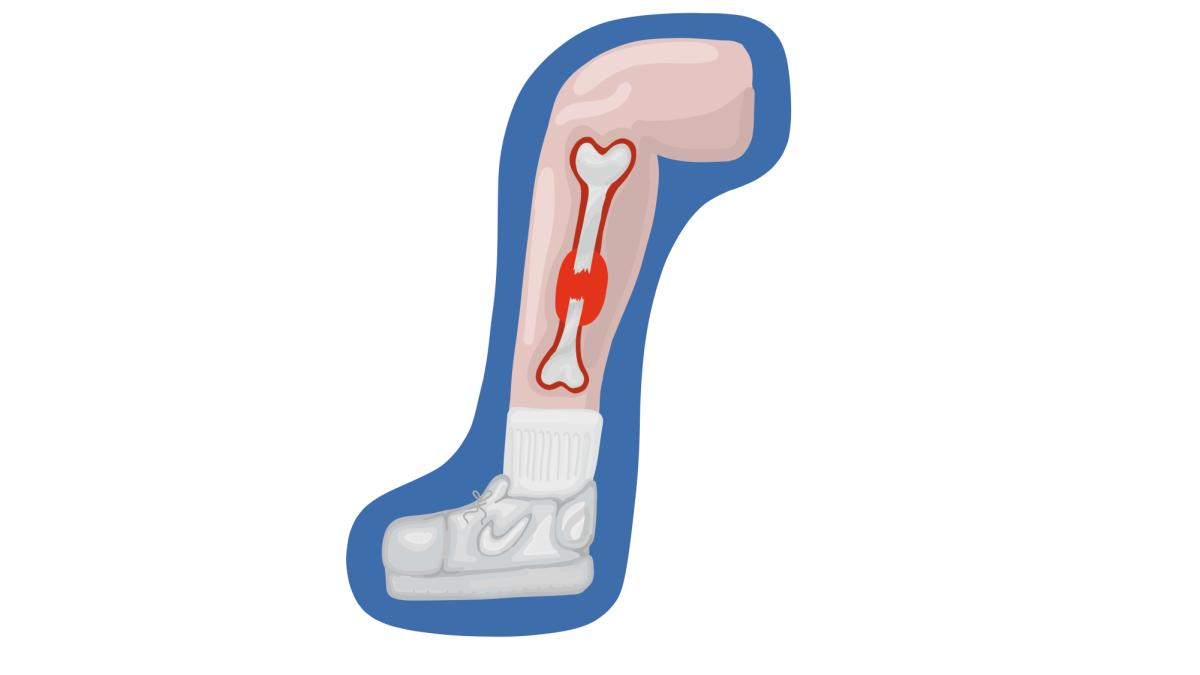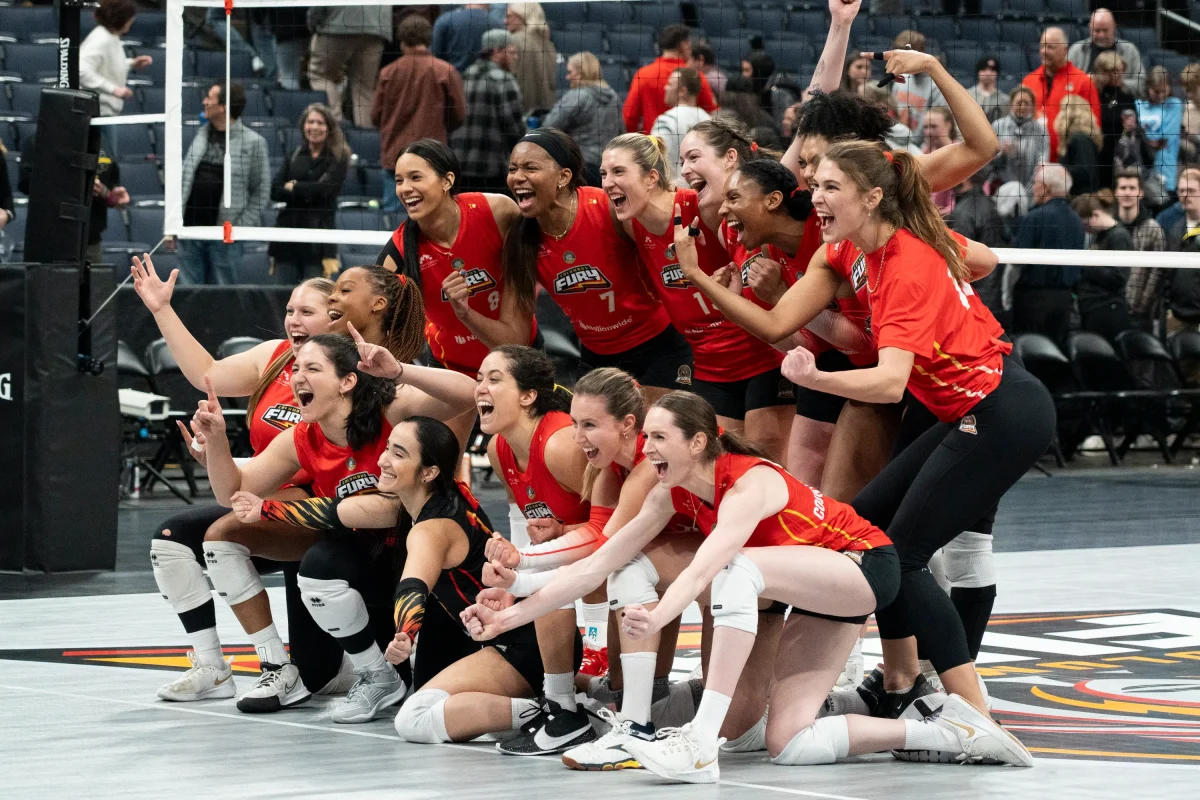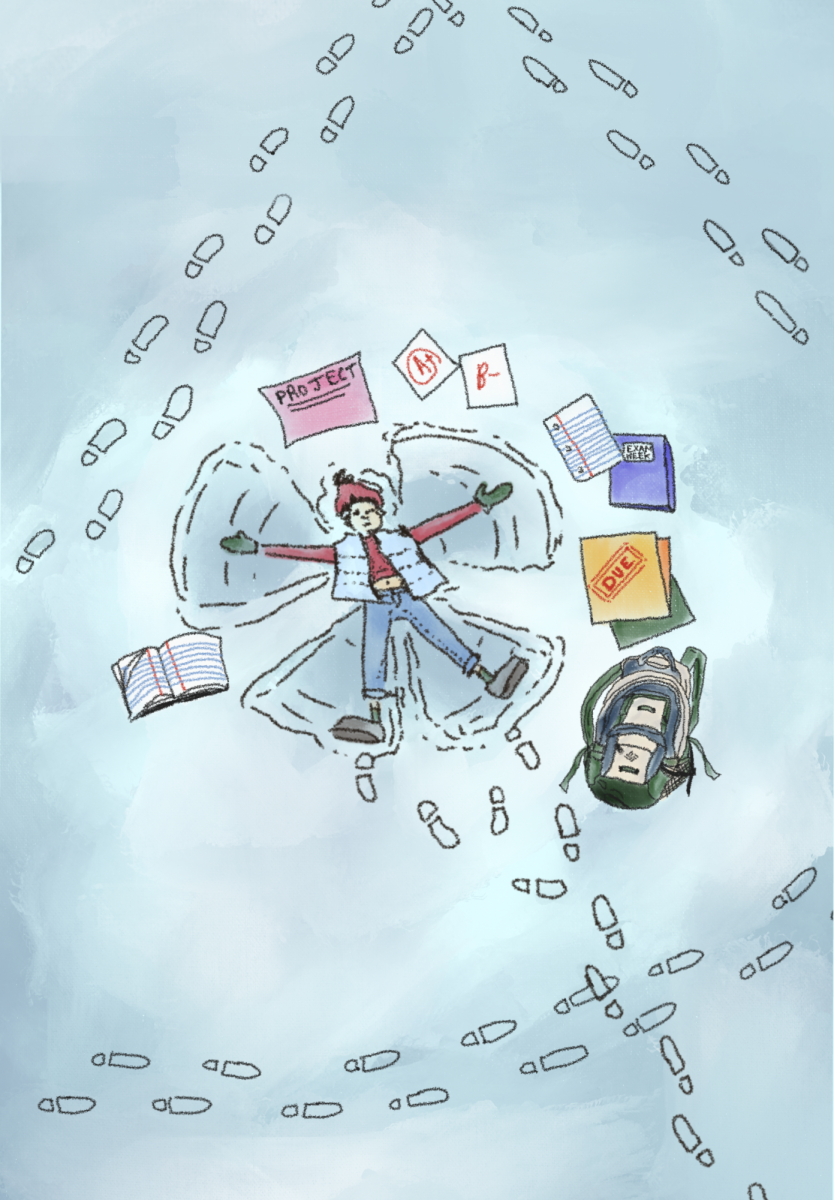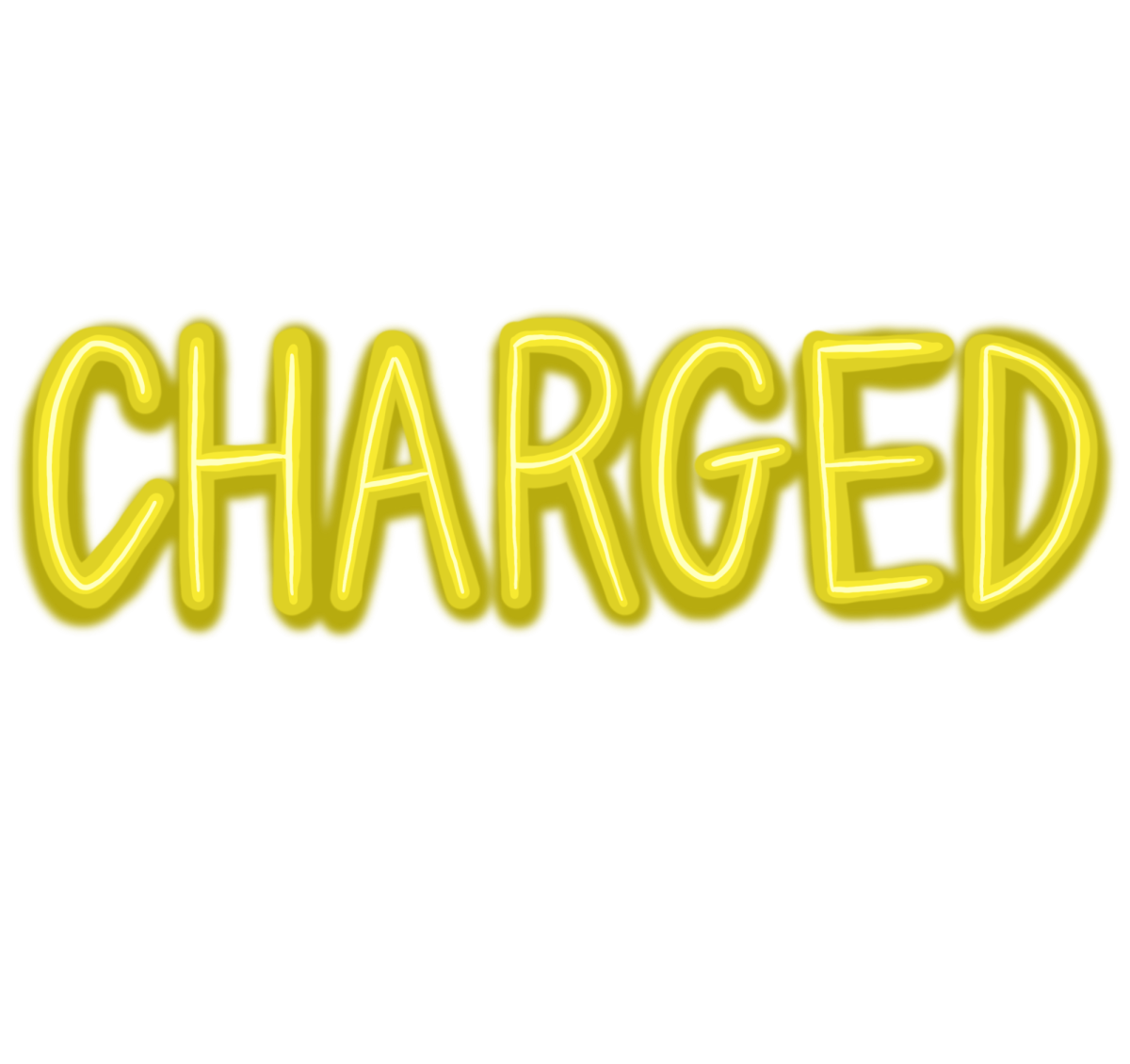Popular energy drinks like Celsius, Alani Nu, and Monster play a crucial role in many students’ morning routines, despite the fact that each 12 oz can contains 200 mg of caffeine. These drinks are able to be purchased by anyone and are highly marketed towards the teenage demographic.
“I don’t think kids know that most energy drinks aren’t to be consumed by people under 18 years of age. It’s something that’s commonly overlooked,” Spickler said.
According to KidsHealth, the general recommendation for teens is no more than 100mg of caffeine per day. Caffeine increases your heart rate, blood pressure and stress hormones. How someone reacts to caffeine is dependent on their tolerance, height and weight. Some people will be able to tolerate caffeine with little to no side effects.
Most teens exceed the 100mg limit easily. Students rely on caffeine for various reasons. Whether it’s to help with focus, combat lack of sleep, or as an afternoon pick-up, grabbing an energy drink is the preferred course of action for many teenagers trying to get through the day.
“I think a lot of times in the high school setting, the caffeine is used more for alertness basically, to mask the lack of sleep,” Spickler said.
Sleep deprived or not, caffeine is a tool often used to stimulate the nervous system, but can be harmful if misused.
“Having a cup of coffee, drinking tea, or even soda for that matter is okay in moderation. But, when we’re taking in excessive amounts of caffeine, like 200 plus milligrams you can see some adverse effects from restlessness to anxiety and jitters,” Spickler said, “I think there needs to be some common sense there, and that you’re not abusing it.”
In April, 2022, Panera Bread debuted its line of Charged Lemonade; a. An alternative for those who don’t like the bitterness of coffee or the fizz of an energy drink, but need the caffeine buzz. The lemonades come in three flavors which include: Blood Orange, Strawberry Mint, and Mango Yuzu.
Three lawsuits have been filed against Panera form catastrophic injury following the consumption of the Charged Lemonades. Since then, concerns have been raised about how safe these drinks are and the high levels of caffeine.
Students often go to the local Panera at Five Points to study, tutor, and cram during the school year. The aAssistant mManager, Ian, commented on the store’s efforts towards educating consumers.
“Even before the lawsuits happened, especially in our store, we’ve always been very good about explaining, especially to parents about how much caffeine is in our drinks,” Ian said.
During the reported incidents, a large Charged Lemonade had 396 mg of caffeine. Since then, Panera has changed the amount of caffeine in their drinks. Now, each 20oz cup contains roughly 150mg of caffeine, and the 30oz contains up to 240 mg of caffeine. The caffeine in these drinks comes from naturally occurring green coffee extract and guarana extract.
Elizabeth Crawford, Partner at Klein and Specter, the Law Firm handling the Panera Bread Charged Lemonade lawsuit, discussed the significance of these cases.
“We’re looking for compensation because there’s a loss here that shouldn’t have happened. We’re also looking for change in a sense that we want the products off the market because the product is dangerous and we want to make sure it doesn’t happen to someone else,” Crawford said.

Apart from the headlines and social media backlash, being aware of dangers and changing regulations as a consumer is important now more than ever. Crawford explained that these lawsuits, specifically, should be a wake-up call.
“In general, where you can get other energy drinks are places where you would expect to get energy drinks, when people go into Panera, I don’t think that there’s an expectation that they’re going to get something that’s potentially dangerous for them,” she said. “When you go into that store, you’re not going to be on edge looking to see what’s in the products, because everything is advertised and marketed as safe and healthy. I don’t think any reasonable consumer in that situation would think that they were getting a dangerous product or an energy drink.”
Crawford also emphasized the importance of self-advocacy and staying educated on products and things that could possibly be harmful.
“The overarching idea is that some establishments that we trust, [are] marketing things in a certain way [which] may not be accurate. It’s incumbent upon the consumer, unfortunately, it’s not required, but we’ve seen it happen when they’re not doing what they should do and it’s at the expense of the consumer,” she said.
Speculations were made regarding why Charged Lemonades were moved to behind the counter, while fountain drinks and tea were not. Customers would now have an employee pour their lemonade and come back up for a refill.
Panera has not released a statement regarding the lawsuits, and the drinks have never been pulled from the restaurant’s menu.
“They didn’t change any policies, but they definitely changed the signage on things, they definitely made things more clear,” Ian said. “They just let us know to make people aware of it, if they’re not aware of it. There’s no statement as far as what they told us.”


